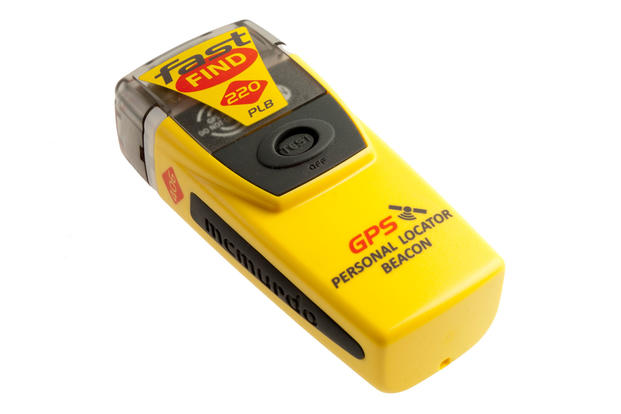The U.S. Army recently awarded a $34 million contract to McMurdo Inc. for personnel recovery devices that can be used to pinpoint a missing soldier's location.
This PRD is a dual-mode personal locator beacon built to military specifications that will be integrated into the Army's Personnel Recovery Support System, or PRSS.
"The PRD will be capable of transmitting both open and secure signals (training/combat dual mode) to alert and notify that a soldier has become isolated, missing, detained or captured," according to an April 11 press release from Orolia, McMurdo's parent company.
McMurdo was awarded a contract in 2016 to develop working prototypes of the PRD that could coordinate with the service's PRSS.
"The Army recognized a need to complement its PRSS with a dual-mode, easy-to-use distress beacon to provide initial report/locate functionality, even in remote locations," said Mark Cianciolo, general manager of McMurdo's aerospace, defense and government programs, in a 2016 press release.
Commercially made personal locator beacons have become extremely popular with mountain climbers and other adventurers, who depend on them to send a signal to rescuers in the event they become injured in remote locations.
McMurdo's positioning device has been designed to meet military standards and has improved accuracy. It also has decreased size, weight and power requirements, the release states.
"We are extremely proud and honored to have been selected by the U.S. Army as the provider of this critical positioning device for the safety of U.S. warfighters," Jean-Yves Courtois, chief executive officer of Orolia, said in the April 11 press release.
The PRD is based on Orolia's new rugged and small positioning, navigation and timing (PNT) platform, but the release did not specify the exact model being produced for the Army.
The Coast Guard awarded McMurdo a $3 million contract in 2016 for 16,000 FastFind 220 personal locator beacons.
The handheld FastFind 220 is used to notify emergency personnel during an air, land or water emergency in remote or high-risk environments. It uses a 406MHz frequency and transmits a distress signal containing unique beacon identification information and location data through the international search-and-rescue satellite system operated by Cospas-Sarsat, according to an Aug. 17, 2016, post on Intelligent Aerospace.
-- Matthew Cox can be reached at matthew.cox@military.com.










